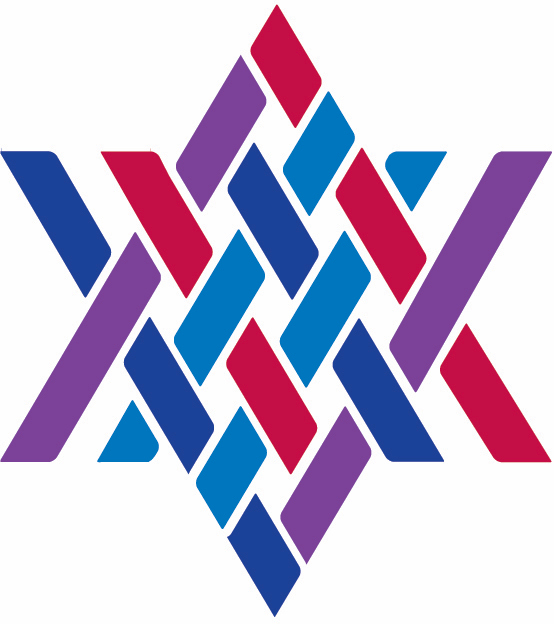Parashat Kedoshim
by Hazzan Marcia Lane
[We would like to bring to people’s attention the difference between the traditional Diaspora and Israeli Torah reading cycles for the next few months. Since this year the eighth day of Passover, which was observed by many in the Diaspora, fell on Shabbat and had a special Torah reading, the Israeli Torah reading cycle moved one parashah ahead of the traditional Diaspora cycle. The AJR divrei Torah will follow the traditional Diaspora cycle and will catch up to the Israeli cycle at the beginning of August.]
Parashat Kedoshim — The Little Things
Remember the first time your child learned the power of “no”? Oddly, that one word sometimes carries more weight than the equally small, one-syllable “yes.” Sometimes the smallest words are the most powerful. All the most important questions in life can be answered in one syllable.
In this week’s parashah there is a tiny, one-syllable Hebrew word whose translation changes Read More >

